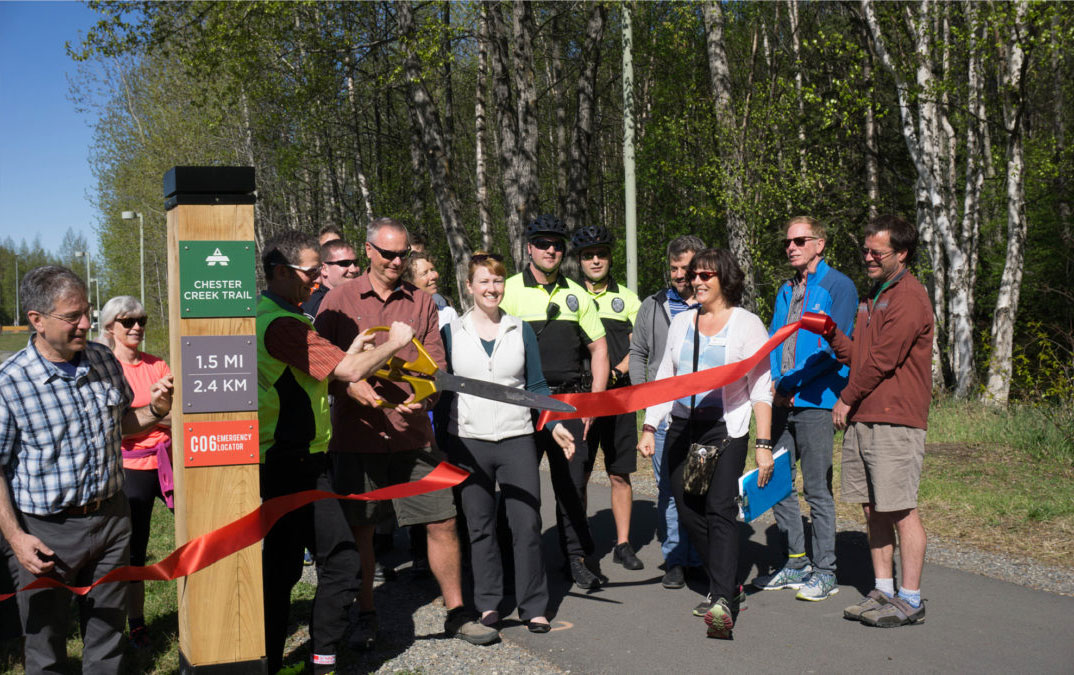
COTA’s network redesign in effect
COLUMBUS, OH – Mike Petrovsky thinks he’s ready. The Dublin man stood at Broad and High streets Downtown, leaned against the Statehouse fence and pointed at a chart inside a nearby COTA bus shelter. “I’m going to have to look at that chart for a while,” Petrovsky, 47, said.
The chart shows the redesigned routes that began May 1 for what COTA officials say is the biggest change in the public-transit agency’s history as it seeks to provide more bus service to the outer reaches of its territory and increase weekend hours. COTA has spent almost $10 million since 2013, planning for and implementing the Transit Schedule Redesign. It comes as ridership has dropped by 500,000 from 2014 to 2016 to 18.8 million trips.
“I’ve got my regular route I take every day down pat,” Petrovsky said of his new route to and from work. “The transfer is going to be confusing. They’re not all stopping on Broad and High all the time now.” COTA sought to stop the “bus bunching” at that intersection by dispersing some of the many routes that now start or end there to Third, Fourth and Front streets downtown. The goal: faster, more direct routes for most of the riders, and more service to Easton Town Center, Rickenbacker International Airport, Polaris and other burgeoning job spots.
All but two of the routes are re-numbered. “I’m not ready,” said Ashley Lemon, 25, of the East Side. “It’s going to be confusing, but I’ll make it work.” She’ll rely on a transit app on her smartphone and the COTA website for information on the new routes, she said, but she knows it will be a difficult transition for most. COTA sent teams to Jacksonville in 2014 and Houston in 2015 to watch as similar changes were implemented. Public transit teams from Baltimore and Rochester were in Columbus to watch how COTA implemented its redesign. “We understand it may be a little confusing at first,” said Valerie Hawes, COTA’s Transit System Redesign communication and training specialist.
To address that, COTA has been working for months to tell riders about the changes and how they affect each route. “We’ve got a pretty comprehensive effort going to educate people on the route level,” said Curtis Stitt, president and CEO of COTA. COTA offers information on its website, by phone at 614-308-4400 and on new signs and charts at stops. In addition, workers have been taking to the street armed with iPads and dressed in red to talk about the changes and show individual riders their new routes.
The “street teams” of about 70 workers have been doing that at the 20 busiest stops, 10 of which are downtown. “They’ve been at it for six weeks now,” Hawes said. “Once they speak with someone, then they understand better how this impacts them. For some, it’s a better option.” Bus rides will be free for the rest of the first week to help alleviate the expected angst and try to hook more riders on public transportation. “We want them to ride it as much as possible on us and learn about the new system,” Stitt said.
The redesign, experts tell COTA, will decrease ridership initially. A 10 percent ridership increase, though, is projected by 2020 as COTA seeks to reach its goal of 25 million trips per year by 2025. COTA knows the first step to change will be hectic but worth it.
“I think people will adapt pretty quickly,” Hawes said.
Photo Courtesy of The Columbus Dispatch



